21+ Sample Hourly Planner
-

Hourly Planner Schedule
download now -
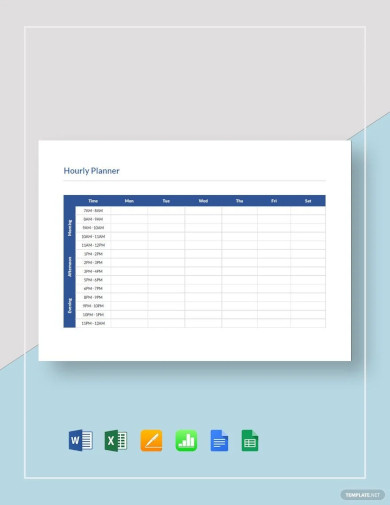
Hourly Planner
download now -
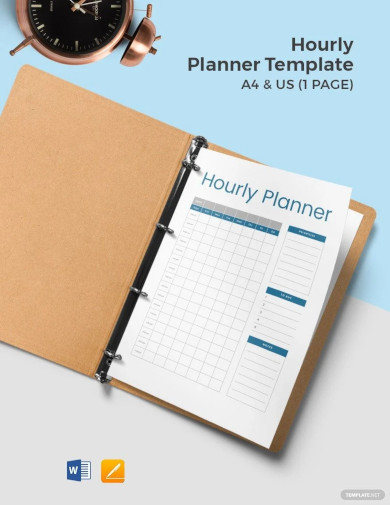
Sample Hourly Planner
download now -

Printable Hourly Planner
download now -

Hourly Digital Planner
download now -
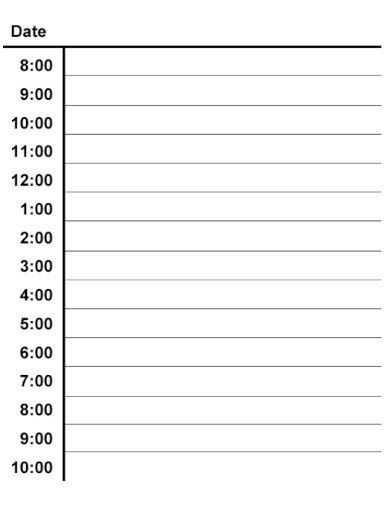
Simple Hourly Planner
download now -

Daliy Hourly Planner
download now -
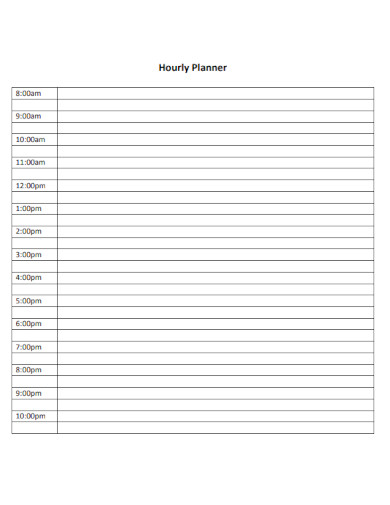
Basic Hourly Planner
download now -
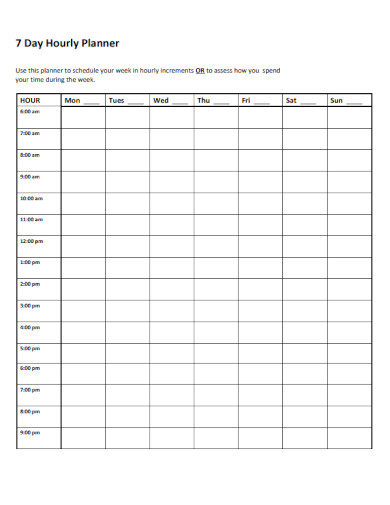
7 Day Hourly Planner
download now -
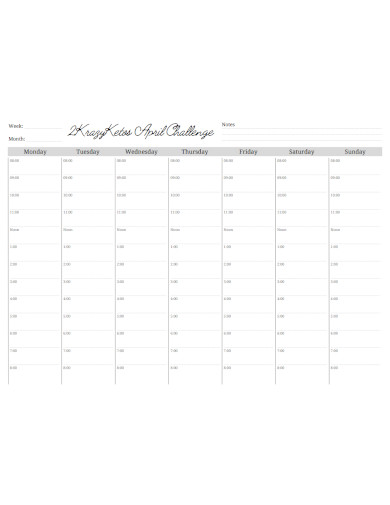
Weekly Hourly Planner
download now -
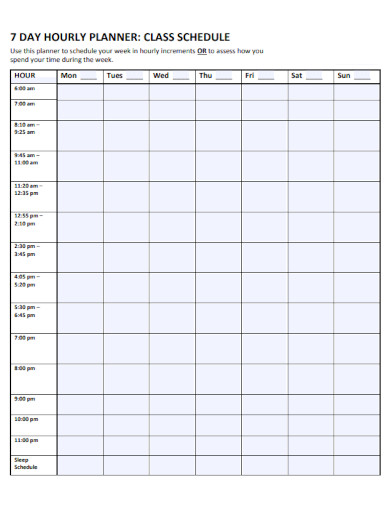
Hourly Planner for Class
download now -
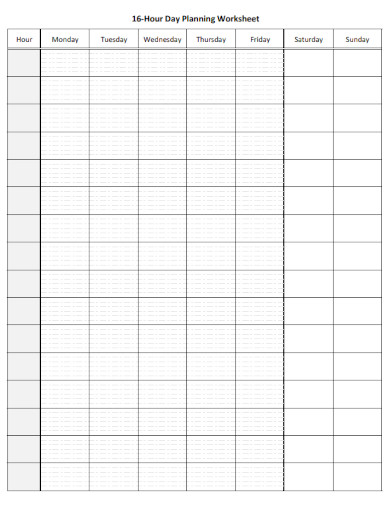
16-Hour Planner
download now -
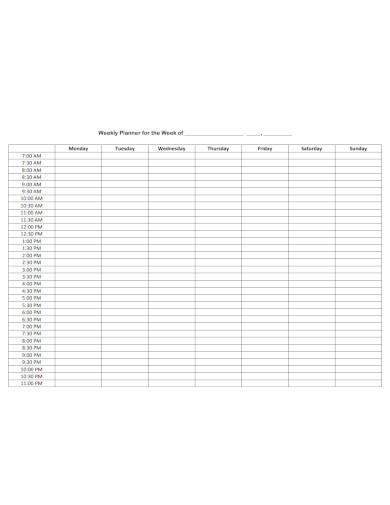
Professional Hourly Planner
download now -
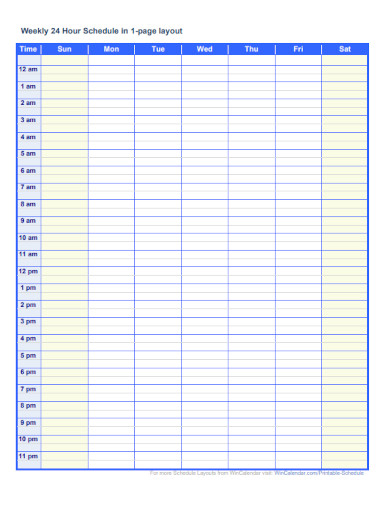
24 Hourly Schedule Planner
download now -
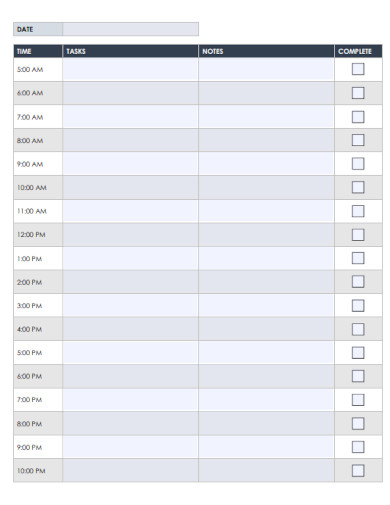
Timesheet Hourly Planner
download now -
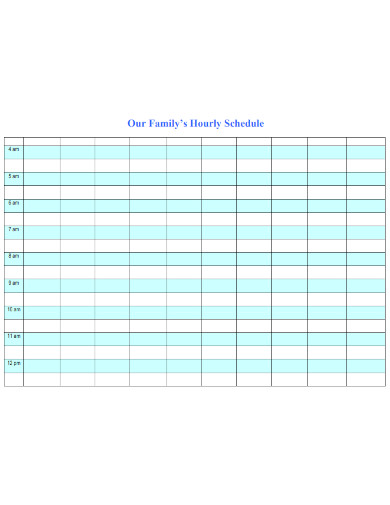
Family Hourly Schedule Planner
download now -
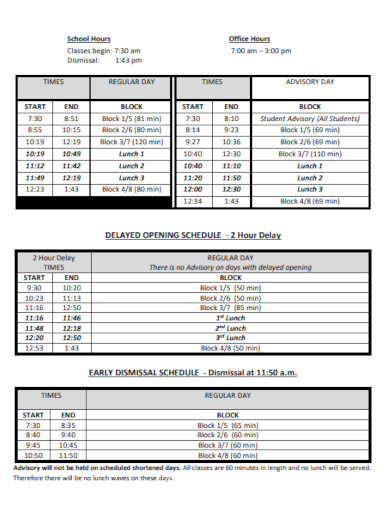
School Hourly Planner
download now -
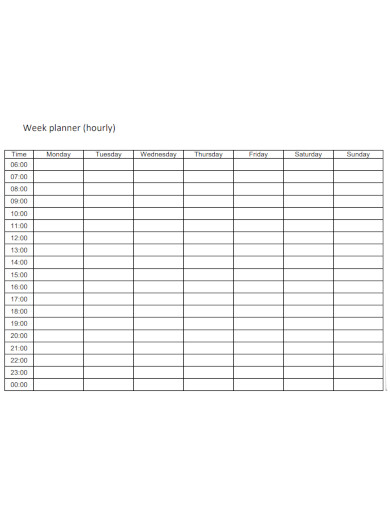
Hourly Week Planner
download now -
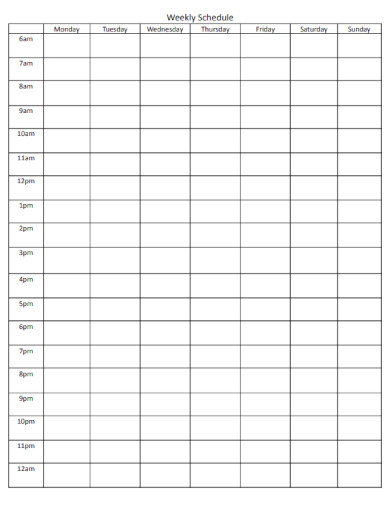
Weekly Schedule Hourly Planner
download now -

Journal Hourly Planner
download now -

Hourly Schedule Planner
download now -
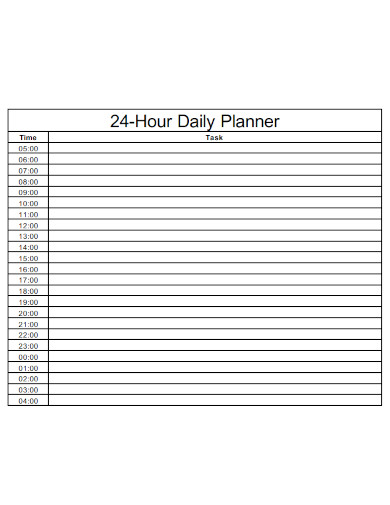
24-Hour Daily Planner
download now
What Is an Hourly Planner?
A template for an hourly planner is a document divided by hours so that you can create a schedule for yourself. Typically, the templates are blank tables with hours, days, or other information filled in. You can then customize the templates according to your daily or weekly plans. Planner templates are available in print and digital formats, with digital templates readily editable. These can be in various forms, including text documents, PDF files, and images. Types of hourly planners include hourly planners, schedules by day segments, activity-based planners with customizable hours, etc.
Benefits of an Hourly Planner
Each day presents new responsibilities, challenges, and opportunities. This is what keeps things exciting! With some variance, life would be more varied. However, the absence of structure can rapidly transform the exhilaration into disorder. This is why a daily hourly planner can be so helpful, regardless of how your schedule appears. Good planning enables you to see the day and use time efficiently. If you only use your daily hourly planner to record meetings and deadlines, you probably need to take advantage of various opportunities. It can keep even the most stressful days organized, allowing you to plan and achieve your objectives. Streamlining your day will require some forethought and planning, but once you’ve established a routine, you’ll see how you can benefit from straightforward planning. Here are some methods to use a daily hourly planner to accomplish more each day without becoming overwhelmed.
How to Plan For Your Day
Creating a daily plan can help you stay organized and productive. A daily plan is a schedule of activities you intend to complete on a given day. You can do a few things within your daily schedule to maximize its effectiveness. This article discusses why planning your day is essential and offers suggestions for creating a daily schedule.
1. Use a Planning Tool
A planning tool facilitates day-to-day scheduling. A planning instrument may consist of a tangible paper planner, a mobile application, or computer software. By establishing your daily schedule in the exact location every day, you will always be able to locate it. Also, examining previous programs to include accurate information for the current day becomes simpler. Select the planning instrument that works best for you. Others prefer the features of software applications, such as the ability to share your schedule with other users, over handwriting their daily schedules.
2. Make a Day Plan in Advance
Before beginning the day, it is best practice to establish a plan. You could plan your day the night before instead of in the morning. Another option is to construct a daily plan for the following day once all tasks for the current day have been completed. Creating a plan ensures you have sufficient time to create a comprehensive schedule. Additionally, it enables you to begin your day immediately in the morning rather than spending time creating a schedule. Also, daily schedules frequently function best when they become habits. This requires creating a schedule for each workday, even if there are few duties to complete. You are more likely to remember to create a daily schedule if you make doing so a habit. Choose a convenient time, then set a reminder to construct your daily schedule. The more often you create a schedule at the same time each day, the sooner it will become a habit.
3. Set a Daily Target
If you are still determining where to begin when creating your daily schedule, consider selecting a single primary objective for the day. Once you have determined your daily goal, you can break it down into more minor duties you can complete throughout the day. Choosing a daily dream provides you with something to strive for each day and can help you build momentum toward your long-term goals as you achieve them. Try categorizing duties within your daily schedule for improved organization. Examine your most frequent responsibilities and create categories to group similar duties. For instance, you might have classes for meeting agenda, phone calls, task reports, and personal objects. By creating types, you can better visualize the nature of your daily duties. In addition, if you utilize scheduling software, you can sort or search your assignments by category, thereby gaining additional functionality.
4. Leave Room for Alterations
Making your schedule while remembering that changes might be necessary often helps. For instance, you might accomplish something an hour earlier if you know you need to finish it by the end of the day. This will give you time to complete your assignment before something unexpected happens during the day. You can either allow yourself more time than you anticipate you’ll need for specific chores or block off some time in your daily plan to do nothing to add this extra time. It would be ideal to adhere to your daily timetable precisely as intended. But unforeseen events sometimes occur, occasionally making doing work take longer or shorter than predicted. It’s a good idea to change your daily schedule during the day to get the most out of it. For instance, if you complete work early, you can reschedule other tasks scheduled for later in the day to meet those quicker.
5. Review Progress
Review your daily schedule after every day. Specifically, search for any duties you were unable to complete. You can add these tasks to your schedule for the following day to ensure you remember to meet them. When evaluating your progress for the day, you should also consider whether you completed tasks faster or slower than anticipated. In the future, this can help you construct a more accurate schedule. For instance, if you consistently complete a task checklist ahead of schedule, you can allot less time the next time you perform that task.
FAQs
Does a planner make you more productive?
Planners aid in keeping track of essential duties, enhancing work efficiency, boosting productivity, avoiding procrastination, and relieving unnecessary anxiety. Some frequently discuss time management and the advantages of disconnecting from the digital world’s commotion and distractions.
What is the essence of planning?
Planning is the essential element of successful completion that we frequently neglect out of fear of losing time or adding to our workload, but which, if done correctly, can save time and effort while reducing perplexity. Planning enables you to focus on a single endeavor at a time.
How does planning lead to success?
A plan is a specific and attainable course of action that leads to success. Review progress – A practical plan incorporates evaluations to help you assess progress. This will enable you to make essential adjustments, monitor your progress reports, and encourage you to persist moving forward.
Everyone can discover an hourly planner template to help them become more productive, perform better at work, and experience less stress. Whether you use a daily planner or a weekly schedule, you will observe an improvement in your work-life balance when you work from home.
